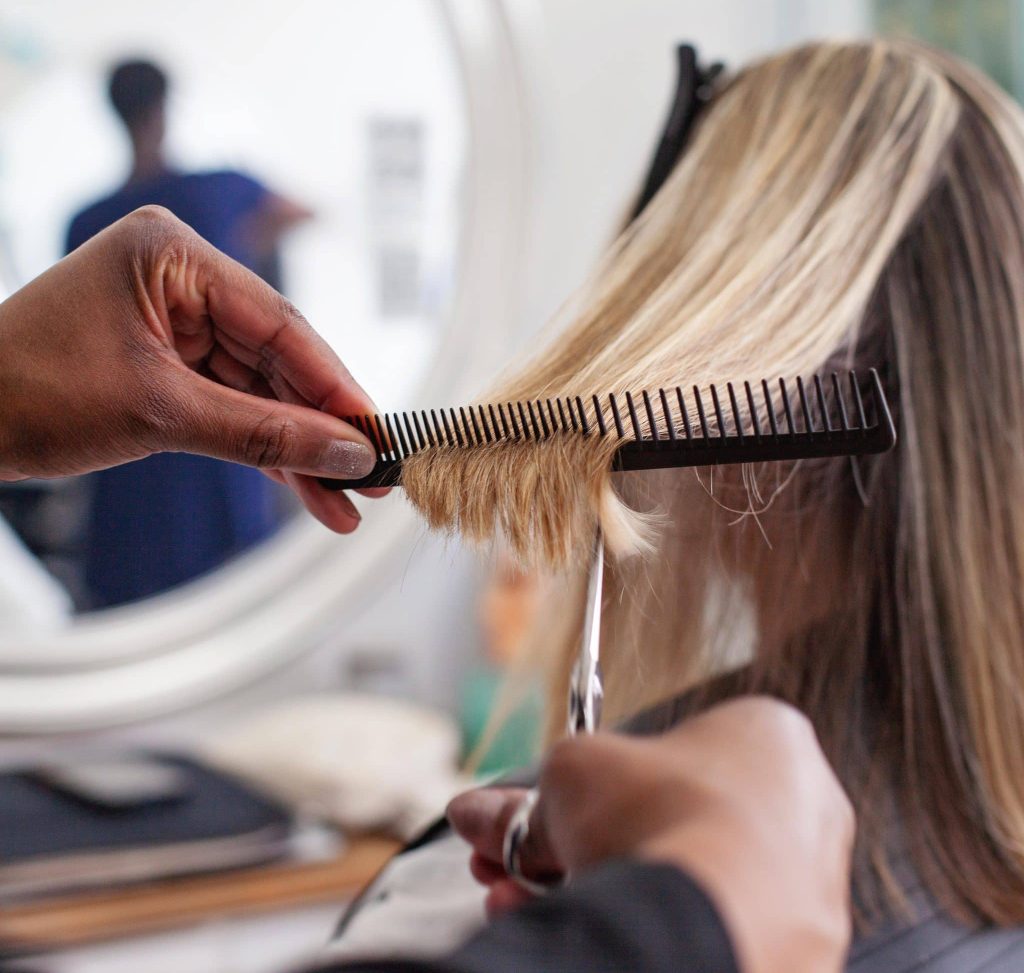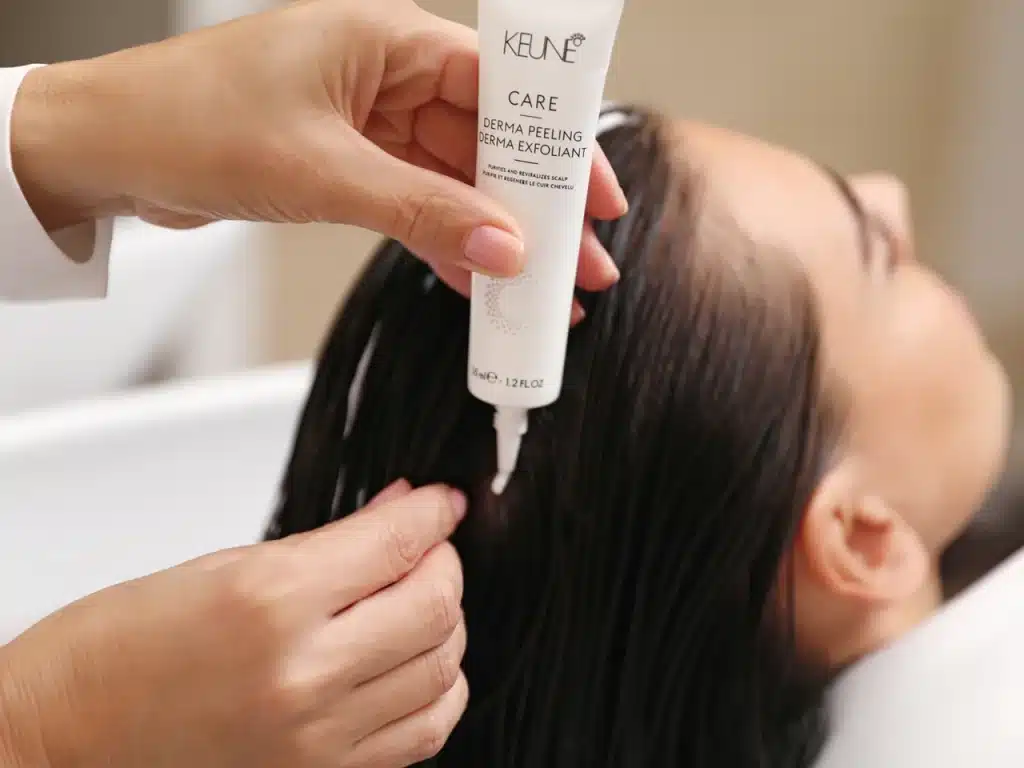
Are you experiencing excessive shedding and unsure of what to do about it? If you’ve noticed more hair in your brush or on your pillow than usual, you’re not alone. Excessive shedding is a common concern, and while it can be alarming, understanding why it happens can help you address it more effectively.
Excessive shedding is typically a post-traumatic response to various stressors, whether physical or emotional. There can be several causes, and often, two or more factors contribute to the issue. Let’s explore why shedding happens and how you can manage it.
On any given day, approximately 85% of your hair is in its growing stage (anagen phase), while 15% is in the transitional (catagen) and shedding (telogen) phase. Shedding is a natural part of the hair growth cycle, but when it becomes excessive, it could indicate an underlying issue. Here are some common causes:
Seasonal shedding is primarily influenced by changes in the environment. Factors like temperature shifts, exposure to the sun, humidity, and cold weather can all disrupt your hair’s natural growth cycle. As the seasons change, our habits and environment also change. For instance, we may switch to cooler showers in the summer and warmer ones in the winter. These seemingly small adjustments can affect your scalp and hair health, leading to increased shedding during seasonal transitions.
Hormonal changes can have a significant impact on your hair. Conditions like postpartum hair loss, perimenopause, menopause, and postmenopause are common causes of excessive shedding. Hormonal fluctuations related to contraception, hyperthyroidism, hypothyroidism, and PCOS (polycystic ovary syndrome) can also trigger hair loss. Hormones are responsible for regulating hair growth, and when they fluctuate, your hair may enter the shedding phase prematurely.
Certain medications, especially those prescribed after surgery, can contribute to hair loss. While these medications treat specific conditions or symptoms, they may also have side effects that disrupt the hair growth cycle. It’s essential to discuss any potential hair loss with your doctor to determine whether medications are playing a role.
Sudden changes in your diet can cause nutritional deficiencies, which can lead to hair shedding. Low-calorie diets, highly processed foods, or excessive sugar intake can deprive your body of essential nutrients. Your hair relies on a healthy, nutrient-dense diet to grow and thrive. Key nutrients like iron, vitamin B12, folate, and vitamin D are essential for maintaining healthy hair. If you’re lacking these, hair shedding may become more noticeable. A balanced diet rich in fruits, vegetables, and protein can help support hair growth and prevent shedding.
Emotional and physical stress is a significant contributor to excessive shedding. Events such as bereavement, work stress, emotional trauma, relationship breakups, and even parenting stress can trigger hair loss. Stress can lead to a condition called telogen effluvium, where large amounts of hair enter the shedding phase. This type of hair loss is usually temporary, but it can be emotionally distressing. For a more detailed look at how stress affects your hair, read our previous blog here.
Sometimes, the cause of excessive shedding is due to poor hair care habits.
Physical trauma from tight hair bands, rough washing, brushing, or detangling can weaken hair strands and lead to breakage.
Thermal trauma from excessive use of hot tools like straighteners or blow-dryers can also damage the hair, causing it to shed prematurely.
Chemical trauma caused by hair colouring, bleaching, and relaxing can weaken hair and result in breakage and shedding. Using too many harsh chemicals or performing DIY colouring can damage hair integrity.
While it’s difficult to control all external factors, there are several ways to minimise the causes of excessive shedding and prevent further hair loss:
While there’s no quick fix for hair shedding, rest assured that most shedding caused by stress or environmental changes is temporary and will recover naturally within a year. Patience is key in the recovery process, as it takes time for hair follicles to return to their normal growth cycle.
However, if you notice that hair shedding is persistent or increasing, or if it’s causing you distress, don’t hesitate to seek professional guidance. A hairstylist can help monitor your progress and recommend treatments to address the issue. In some cases, consulting a trichologist or a doctor may be necessary to determine the underlying cause.
Remember, hair shedding doesn’t have to be permanent. With the right care, patience, and support, your hair will return to its natural growth cycle. Don’t hesitate to reach out for professional help. At our salon in Wandsworth, we’re here to guide you through your hair care journey and help you achieve the healthiest hair possible.
Until next time, show yourself and your hair some love!









